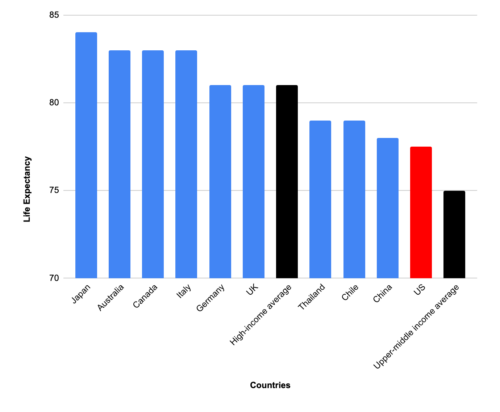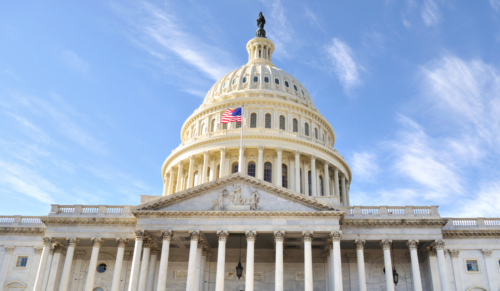New ‘Ability to Repay’ Rules Highlight Need for Affordable Housing
By: / 01.14.2013
This week, the Consumer Financial Protection Bureau (CFPB) released long-awaited new mortgage rules aimed at protecting consumers from abusive loans.
The new rules, when they take effect next January, will effectively shut down some of the worst practices leading up to the 2007-2008 housing crash: “interest-only” loans, predatory fees, and “teaser rates” that trapped people into mortgages they couldn’t afford once the low initial rates expired. Mortgages with these features are now excluded from what the CFPB defines as “qualified mortgages” shielded from consumer lawsuits.
Most significantly, the new rules will also require lenders to ensure that borrowers can pay back their loans. Among the new requirements, a borrower’s monthly debt payments (including the mortgage) can’t exceed 43 percent of pre-tax income.
Without doubt, the mortgage lending landscape will now be much safer for homebuyers, who once faced a confusing and potentially toxic array of “exotic” products. These rules will also provide much needed certainty to the mortgage finance industry, which has had a rocky few years.
Nevertheless, the “ability to repay” rule may have the unintended effect of shutting some Americans out of the housing market, unless policymakers address an issue they’ve the past few years: the need for affordable housing.
Despite the crash, many Americans are still stretching budgets to the breaking point for housing, especially in high-priced areas. As generous as the 43 percent debt-to-income standard is meant to be, the dearth of affordable homeownership options could make this requirement unexpectedly burdensome.
According to Harvard’s Joint Center for Housing Studies, 9.5 million homeowners spent more than half their income on housing in 2010, while another 13.3 million homeowners spent at least 30 percent of their income on housing. The number of these “cost-burdened” homeowners, say the Harvard researchers, has grown by more than 6 million since 2001. In high-cost states such as California and Hawaii, CFED finds more than half of homeowners are cost-burdened.
Moreover, many Americans are struggling with other debts—student loans and credit card balances—that limit how much house they can afford. In 2010, the average borrower held a credit card balance of $10,852, while the average student loan debt for graduates was $25,250.
While the CFPB is allowing some exceptions to its “ability to repay” rule, the solution isn’t to permit anything-goes underwriting again—that’s what got us into trouble in the first place.
Rather, the answer is to make homeownership more affordable, so that fewer homebuyers, particularly moderate-income buyers, bump up against the debt-burden threshold.
Two ideas could be the starting point for making responsible homeownership more attainable:
1. Help homeowners save for down payment.
Down payment requirements are a major hurdle to affordability, particularly for first-time buyers.
According to mortgage services provider Ellie Mae, Inc., borrowers coughed up an average 21 percent down payment on mortgages completed in November 2012. On a home worth the median price of $186,100 in the third quarter of 2012, that’s $39,081 down —a potentially insurmountable amount for a young prospective homebuyer. While future regulations could relax standards, credit is likely to stay tight in the short term, and the days of “zero-down” are deservedly long over.
One option is expanding special matched savings accounts, known as “individual development accounts,” to help lower and moderate-income Americans save. Small-scale experiments with these accounts have proven successful nationwide in helping even the poorest Americans save.
Another idea might be allowing employers to create and match down payment savings accounts in the same way they match retirement contributions to a 401(k).
Helping homeowners save for down payment would not only help meet stricter lending requirements, it would reduce the amount people need to borrow and start homeowners off with a needed cushion of equity. Moreover, research by CFED and the Urban Institute found that low-income Americans who used individual development accounts to buy a home were up to three times less likely to face foreclosure during the housing crisis.
2. Expand affordable homeownership options.
One overlooked option for affordable housing is manufactured housing. Over the last several decades, manufactured homes have made huge strides in quality, durability and energy-efficiency. It’s time to set the “trailer” stereotypes aside.
Already, manufactured housing is one of the nation’s largest sources of unsubsidized affordable housing. In 2009, manufactured housing accounted for 43 percent of new home sales under $150,000. 17 million Americans live in manufactured homes.
Unfortunately, the current mortgage finance system largely excludes manufactured housing. Manufactured home loans are typically personal property loans, not mortgages, and lack most of a mortgage’s protections.
Changing laws to treat manufactured homes as real property would both protect consumers and make manufactured housing a viable homeownership option for more Americans.
The CFPB’s new rules take a big step toward making homeownership “safer” for consumers. The next priority for policymakers should be to make homeownership more affordable as well.
This item is cross-posted from RealClearPolicy.






